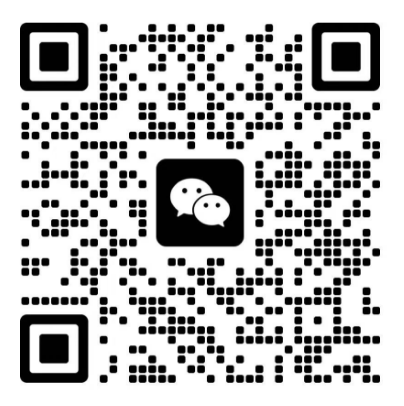Coaxiality detection is a common testing item encountered in our measurement work. Using three coordinates for coaxiality detection is not only intuitive but also convenient. However, due to differences in measurement methods and benchmark selection, as well as the influence of sampling strategies, measurement environments, and other factors, large measurement result errors and poor repeatability often occur. How to solve such problems? As a quality inspection engineer, the first two major issues that need to be addressed are adopting a reasonable sampling strategy and reducing the impact of amplification errors.
Instructions for using coaxiality measuring instrument:
1. Adjust the height of the "pressure wheel" according to the size of the tested workpiece, so that the "pressure wheel" can press the tested workpiece with appropriate pressure.
2. Raise the "pressure wheel" through the "operation handle", place the tested workpiece on the "rotating work axis", and then return the "pressure wheel" to its original position.
3. Adjust the height of the "gauge holder" and move it so that the measuring head of the dial gauge (dial indicator) contacts the surface of the measured workpiece, and adjust the dial pointer to zero.
4. Adjust the "lever gauge" probe to the appropriate position of the measured workpiece and make it contact the surface of the workpiece. Adjust the dial pointer to zero.
The coaxiality measuring instrument is used for aligning the two axes of various rotating equipment such as centrifugal pumps, compressors, fans, and generators (also known as wheel alignment). It has the characteristics of reasonable structure, high accuracy, small error, wide applicability, and easy maintenance. It is an ideal specialized measuring tool and widely used in mechanical industries such as petrochemicals, power generation, papermaking, and textiles. This measuring instrument has two double-sided dial gauges, axial and radial, for easy reading. The base is equipped with high-performance magnetic steel, which can be firmly attached to couplings with different diameters ranging from 30 to 900mm. It is used to detect the concentricity of cylindrical pin, gear, fixed, elastic and other couplings, which not only improves measurement accuracy and reduces measurement errors, but also greatly improves work efficiency, reduces machine vibration, and extends service life.

